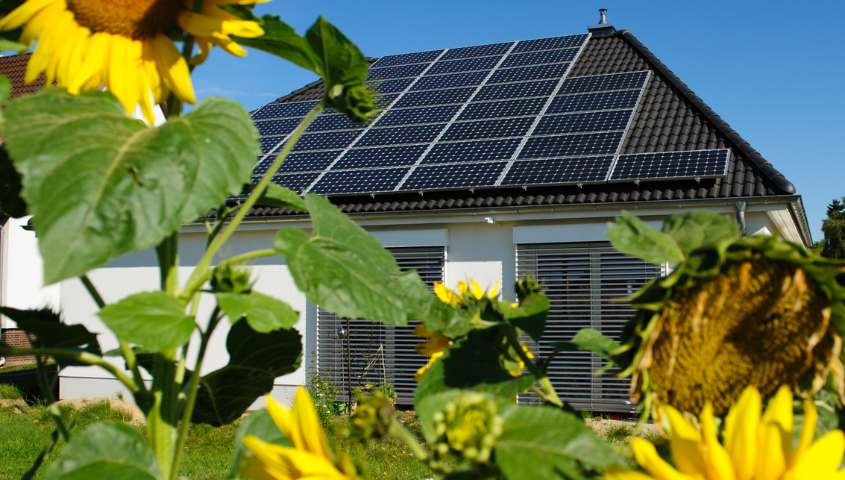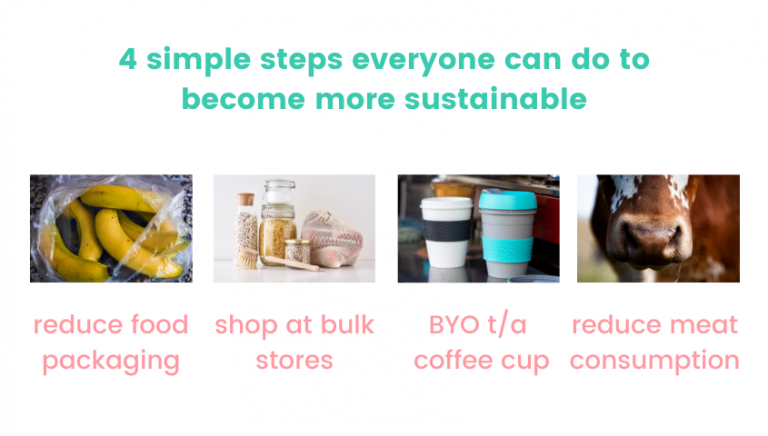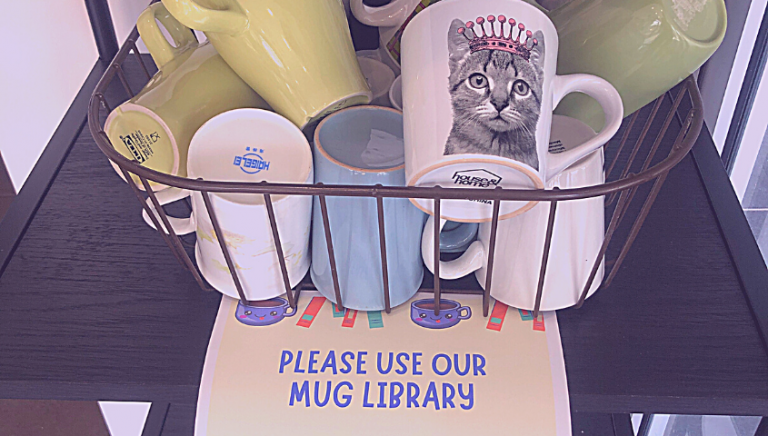As the world continues to grapple with the impacts of the climate crisis, sustainability has become an increasingly important topic in Australia and around the world. But what exactly is sustainability, and how can we live sustainably in our day-to-day lives? In this post, we’ll explore these questions and more, with a focus on sustainable living in Australia.
What is sustainability?
Sustainability is the practice of meeting the needs of the present without compromising the ability of future generations to meet their own needs. This means taking into account the economic, social, and environmental impacts of our actions and making choices that promote long-term well-being for people and the planet.
In Australia, sustainability has become a key priority in recent years, as the country faces growing threats from climate emergencies, deforestation, and other environmental challenges. From reducing carbon emissions to promoting renewable energy, there are many ways that individuals and communities can work towards a more sustainable future.
In Western Australia, political wars have derailed climate policy for years. This Four Corners documentary provides an interesting insight into what happened. In June 2022 Australia updated its Nationally Determined Contribution (NDC)1, committing to reduce greenhouse gas emissions to 43% below 2005 levels by 2030.
What is a sustainable lifestyle?
A sustainable lifestyle is one that prioritizes reducing your impact on the environment and living in a way that supports long-term well-being. This can involve a range of practices, from using renewable energy and reducing waste to supporting local agriculture and choosing sustainable products.
In Australia, there are many ways to adopt a more sustainable lifestyle. Some examples include:
- Using public transport or cycling instead of driving
- Choosing energy-efficient appliances and light bulbs
- Reducing meat consumption and eating more plant-based foods
- Supporting local farmers and buying organic produce
- Reducing waste by recycling, composting, and avoiding single-use items
By making small changes to our daily habits, we can all contribute to a more sustainable future for Australia and the world. It’s important to remember that action on climate emergency needs to come from above and below. Individuals and households can and must take action. So must collectives and communities, those in business, and elected authorities.
What are some sustainable practices?
There are many sustainable practices that individuals and communities can adopt in order to reduce their environmental impact and promote long-term well-being. Here are a few examples:
- Conserving water by taking shorter showers and fixing leaks
- Installing solar panels or choosing renewable energy providers
- Supporting sustainable fisheries and avoiding overfished species
- Planting native trees and shrubs to support local ecosystems
- Choosing environmentally friendly cleaning products and personal care items
- Reducing food waste by planning meals and using leftovers
These are just a few examples of sustainable practices that can make a big difference in our lives and the health of our planet. I recommend starting with the one(s) that seem easiest to you or are the most appealing. Becoming sustainable is no longer optional; it is a journey that we must all undertake.
In conclusion, living sustainably in Australia means making informed choices that support long-term well-being for all sentient beings and the planet. By taking action and making conscious choices in our daily lives, we can all play a role in building a better world for generations to come.



